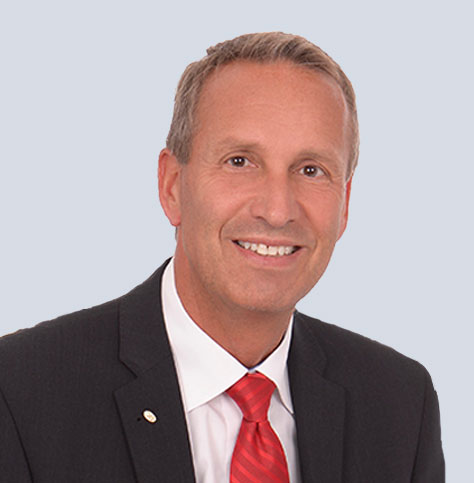Thought Leadership

The Diplomatic Council sees the Internet of Things as more than technology – it sees it as a driver for change in humankind’s livelihood.
The Internet of Things forms the bridge between the digitization of the world and everyday reality and therefore represents a fundamental evolution with consequences for the future of civilization that cannot yet be predicted. The Commission on Science and Technology of the United Nations, therefore, adopted key issues such as the Internet of Things and Big Data in its 2030 Agenda.
The IoT allows a different type of cooperation thanks to the transparency and speed of technology. For businesses, real time technologies and their spread, for example via smartphones and open platforms, have made the barrier to market entry lower than ever before. This explains the effect of “digitization” from a market perspective. From a corporate perspective, digitization means the flow of data, for example through sensors in business processes, and into the market, for example for the purpose of customer relations. In other words, digitization means the flow of software in transactions and analysis.
It is against this background that the Diplomatic Council is pushing for a step-up in international debate about the digitization of civilization and its consequences and sees itself in this process as a neutral moderator. By the think tank’s estimation, until now, not nearly enough attention has been paid to the great potential of digitization, not only for business, but for the public sector as well. Governments, the private sector and civil society are all called upon in their respective roles in equal measure to establish common principles, standards, rules and procedures.
IoT is spreading everywhere
The Internet of Things represents a vision of the internet extending into the real world and many everyday objects becoming part of the internet. Instead of standalone devices, such as a PC, being an object of human attention, the Internet of Things will help people imperceptibly with their everyday activities. The ever-smaller embedded computer will assist people without distracting them or even being noticed. Things can therefore be provided with information or serve as physical internet access points. In his 1992 essay “The Computer for the 21st Century”, Mark Weiser wrote for the first time about this vision and the far-reaching and hitherto unimagined possibilities it presented.
One of the consequences is the direct influence on end-to-end business processes, i.e. the integrated automation of processes facilitated by this technology. In many process chains, there is now a possibility of transparency that, for many market participants, is surprising and not always desirable.
Even before 2020, around 25 billion devices were connected to the internet, according to estimates by the Association of Internet Economy. Approximately 90 per cent of the world’s population is likely to own a mobile device in six years. The total global data volume is estimated to be 44 trillion gigabytes at that time. In this year alone, a third (36 per cent) of this data is stored in the cloud. IoT, mobile, Big Data and the cloud are the drivers of the digital transformation.
With the IoT as the basis for this development, the interconnection of objects is not an end in itself, but forms the basis of intelligent interaction between these objects and with back-end systems. The objects collect data in significant quantities that are constantly analyzed by the back-end systems and will be available in virtually every situation. In the future, systems will be able to act independently, to trigger maintenance, for example, when the milling machine is running hot.
By 2020, so within just a few years, IoT sales (hardware and software together) will exceed 2 trillion dollars, forecasts Frost & Sullivan. IoT represents just one component in this process of the digital transformation of business and society.
